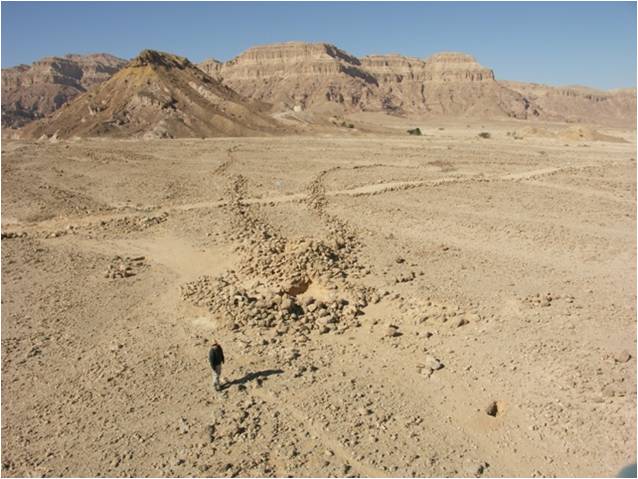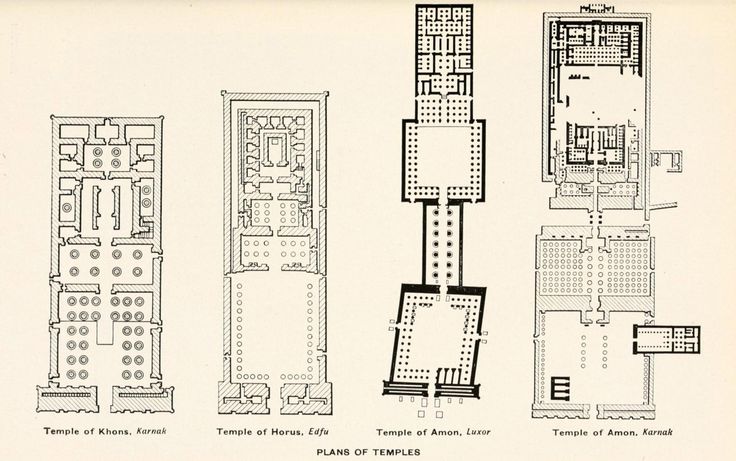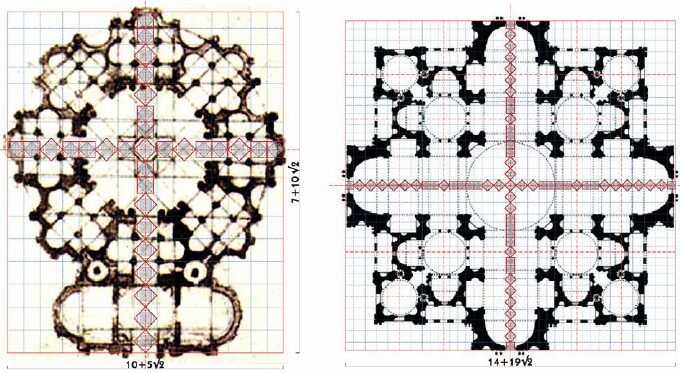The Evolution of Architectural Drafting Over the Years
- 2 min read
- February 1, 2024
Just like the classic puzzle of whether the egg or the chicken came first, a similar question arises in architecture—does planning precede drawings, or vice versa?
Architectural drawings provide a common platform for communication among various professionals involved in a project, including architects, engineers, contractors, and craftsmen.
While we all acknowledge that drawings are the backbone of planning, do we truly understand how long they have been in the field?
Looking back in history
The oldest architectural plan, “desert kites,” found in southeastern Jordan, dates back 9,000 years, indicating that architectural plans were early practical tools shaping the human environment. Research by Elif Ongut also suggests that, fundamentally, the primal need for shelter in prehistoric times marked the inception of architecture.



Modern Times
Conclusion
Was this insightful? Give a thumbs up or post a comment.
For more of our blogs, check out https://mgsglobalgroup.com/blog/.



